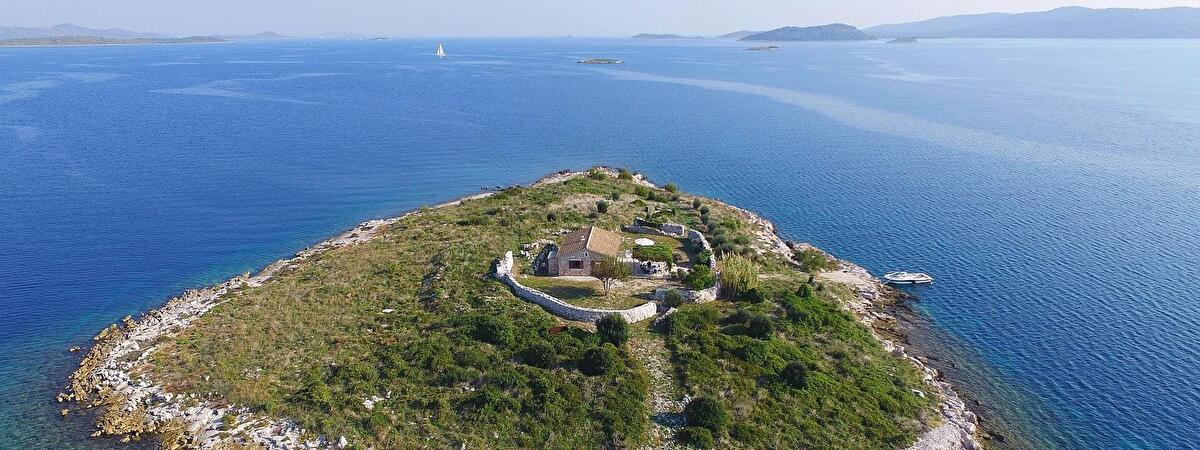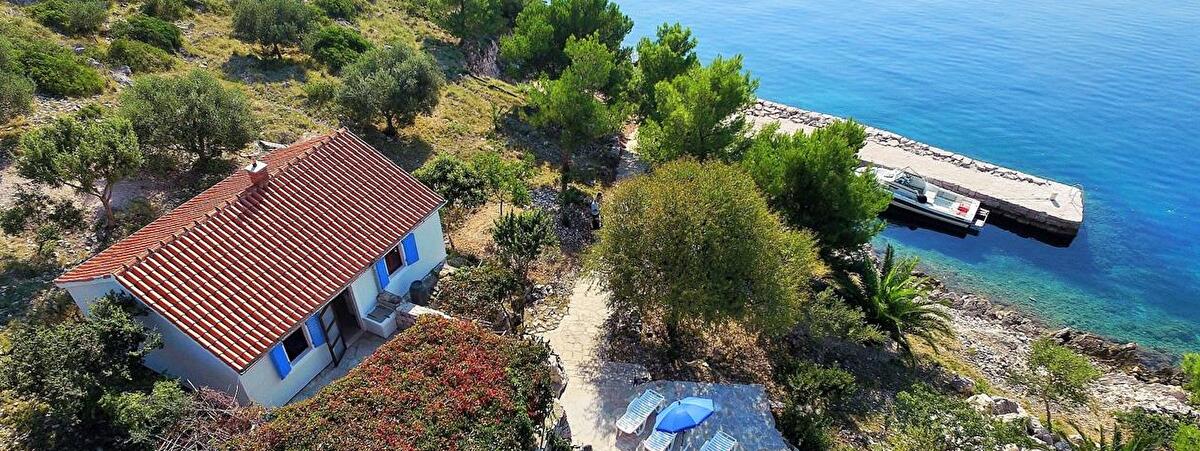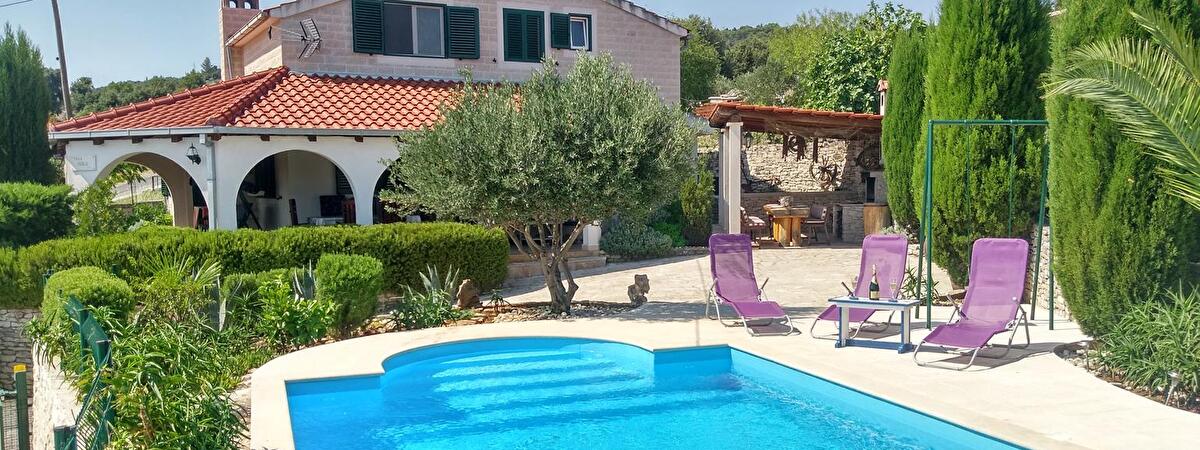Largest cities in Croatia
Croatia offers a wide variety of urban landscapes, shaped by its rich and turbulent history:
- The bustling cities of the coast, heirs of ancient cities and featuring monuments and Roman remains.
- The peaceful inland towns, medieval cities and baroque in a green environment.
- Cities open-air museums.
Walking through the city is a journey through time, through all periods of history. Here are the main large cities by region.
Cities in the region of Istria
PULA
Main town of Istria, northwest Croatia, Pula has about 60,000 inhabitants.
Heir to the Roman era, it is famous for its bullring remarkably well preserved. Through the ruins left by each successive occupants all ages come together: Roman temples, Byzantine churches, Venetian fortifications, military buildings from the Austro-Hungarian naval base ... Italian City until in 1945, the language is still widely spoken. Pula is an ideal base for exploring the backcountry to the tunes of Tuscan countryside.
ROVINJ
The little Croatian Venice is a charming town built on a hill surrounded by the sea, once an island. Its steep streets lined with colorful houses are dominated by the Cathedral of St. Euphemia, built Venetian campanile and a copy of the Piazza San Marco in Venice. Romantic city popular with artists, Rovinj is a cultural center and a resort that attracts many tourists with its beaches all along the coast; it is the most visited city in Istria.
Cities in the region of Kvarner
RIJEKA
Main town in the Kvarner region of Croatia and third with 130,000 inhabitants, Rijeka is the largest port in the country.
It is a dynamic city with a vibrant cultural life and nightlife, many cafes along the shopping street in the center, theaters, cinemas, museums, nightclubs and a famous international carnival ... a city that moves.
It has an interesting position between the beaches and the mountainous hinterland and forested region of Gorski Kotar where you can even go skiing in winter.
OPATIJA
The oldest seaside resort in Croatia, near Rijeka, the resort was appointed by the nobility in the Austro hongroise.Ville the elegant old-world charm with its palaces, stately mansions, parks and gardens, bordered by a long seaside promenade, Opatija is an airy city leisurely pace; it remains associated with a style of worldly life with its luxury boutiques, chic bars and terraces, conference halls and cultural and sports entertainment it offers. Opatija is born the spa and the tradition continues with the latest spas cry.
Cities in the region of Dalmatia
ZADAR
Main city of northern Dalmatia, Zadar has about 75,000 inhabitants.
Old city built on a peninsula, often destroyed and rebuilt always, is a mixture of architectures inherited from its tumultuous history: the largest Roman Mediterranean Forum, the Romanesque, Venetian palaces, baroque buildings, neoclassical architectural works or ... modern as the sea Organ and sun Salutation. It contains in its plethora of churches whose walls Saint Donat, iconic visual identity of the city, and religious treasures and many museums.
University town, city of great maritime tradition, creative and cultural city, Zadar has a major advantage: its exceptional natural environment. Its central location is ideal for visiting the national parks Plitvice, Krka, Paklenica and Kornati islands, the Velebit mountain and the city is easy to reach by road network and dynamic airport.
SIBENIK
Located in central Dalmatia halfway between Split and Zadar, Sibenik is a city of 42,000 inhabitants.
A relatively new city founded in the 9th century by the Croatian on a rocky hill overlooking the sea. This quiet city center features a beautifully preserved medieval and baroque blend of architecture, whose jewel is the Saint Jacques Cathedral, a UNESCO World Heritage UNESCO. The heart of the city with its pedestrian streets, stone steps and small hidden spaces are a real set of live theater and the fortress that dominates the city offers a panoramic view of the city, the sea and islands.
Sibenik is surrounded by rich nature including national parks Krka and Kornati archipelago.
SPLIT
Main town in Central Dalmatia and the second largest city with 200,000 residents, Split is an industrial, economic, and academic center.
Originally Split there is the palace of the Emperor Diocletian at the World Heritage Site on which the city was built. The soul of Split is intimately linked to heart of the palace with its narrow streets, squares and buildings with lavish St. Dujam cathedral built in the 7th century occupying the mausoleum of Emperor in the center of the palace. Split outside the palace has a large number of monuments, squares, the old popular area Varos, the pedestrian shopping street, beaches and hill Marijan, green lung of the city, and the riva, place of rendezvous. Port city, Split is the starting point to the islands and an important place of transition.
This is a young and vibrant city, traditionally sporting and cultural, that exudes charm of the Mediterranean.
DUBROVNIK
The Pearl of the Adriatic ', Dubrovnik old town and the main South Dalmatia, is a city of 35,000 inhabitants.
A fascinating city declared UNESCO heritage jewel placed on the sea in its green walls. The glorious and tumultuous past of the former rival of Venice in the 15th century is reflected in the splendor of its buildings. A city museum where you walk in the middle of Gothic buildings, Renaissance palaces, Baroque churches; small stone staircases, hidden gardens, terraces, fountains and ornaments complement the decor of the historic core; the view from the ramparts is beautiful. City mainly geared towards tourism, Dubrovnik is a major port frequented by cruise ships and where boats depart for the islands: Elafite, Mljet, Korcula, Lastovo. It is also a green peninsula which includes many hotels and a rear rich traditions agricultural country.
Cities in the region of central Croatia
ZAGREB
The capital of Croatia is the administrative, economic and cultural center of the country, a university city, a metropolis of about 1000000 inhabitants.
Zagreb is a city with a human face at the crossroads of main roads of Europe. It is a city of contrasts vibrant neighborhoods and quiet streets, both old and young, city business and relaxation, cohabitation of baroque and modern architecture and many parks and gardens. This city follower of modernism through culture, cafés, contemporary art, art of the street ... in the tradition of Berlin is also a large sports and recreation center.
An urban island in the middle of outstanding natural sites: the Medvednica park, hills covered with vineyards, forests, rivers, marshes and lakes.
OSIJEK
Economic and cultural capital of Slavonia, eastern Croatia, is the largest city with about 115,000 inhabitants, the fourth city in the country.
City Baroque architecture of the Austro-Hungarian period, it contains a wealth of monuments and works of art and has many museums, galleries, churches and beautiful gardens.
Osijek is a green city with parks, the banks of the Drava river that borders and its rich agricultural region full of fields and forests.
It is also a major river port providing links with Eastern Europe and a mecca known for its food traditions.
 (Copy).jpg)
 (Copy).jpg)
 (Copy).jpg)

